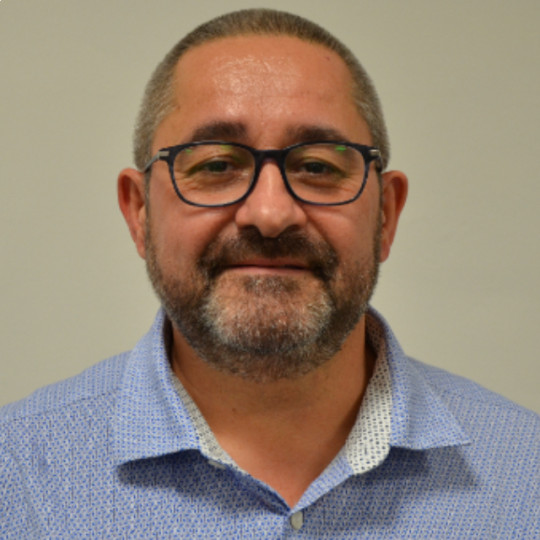Context
The World Health Organization defines endocrine disrupting chemicals (EDCs) as exogenous substances that alter functions of the endocrine system and consequently cause adverse health effects in organisms or populations. They represent a major challenge for both human health and the environment.
Such substances, which have properties which may affect steroidogenic, thyroid, reproduction or other endocrine-related functions in or via the aquatic environment, are classed as priority or hazardous, along with substances with carcinogenic or mutagenic properties, in Annex VIII to the Framework Water Directive, included in Annexes I and XXI of the Water Code, for surface water and ground water, respectively.
These substances are a special class of emerging pollutants that are considered especially concerning and knowledge of which in terms of environmental presence and effects on health and/or the environment is still relatively limited. This justifies, in particular, the inclusion of EDCs or EDC families in the European list of priority substances for surface water (Directive 2013/39/EU) and the European watch list (Commission Implementing Decision (EU) 2015/495).
Objectives
Launched at the instigation of Service Public de Wallonie, the BIODIEN project aims to carry out initial screening for EDCs in Wallonia’s water, and brings together three Walloon public laboratories (ISSeP, CRA-W and SWDE) formed into the scientific interest group GISREAUX (Walloon reference scientific interest group for water quality).
The Regional Government of Wallonia has recently granted SWDE a subsidy for research into emerging substances (steroid hormones and drug residues) in water with relevance to public health and the environment (IMHOTEP programme).
The BIODIEN programme, which is an addition to the IMHOTEP project, will extend this list to other endocrine disruptors, proven or suspected, either industrial (alkylphenols, perfluorinated compounds, etc.) or pesticides (pyrethrinoids, imidazols, etc.) with the aims of:
- completing the Walloon water quality inventory begun within the framework of the IMHOTEP project by researching reputed endocrine disruptors in around 250 samples considered representative;
- assessing the level of (anti-)oestrogenic and (anti-)androgenic activity of one hundred samples;
- evaluating the potential of yeast bio assays (YES/YAS) as screening tools;
- comparing the performance of YES/YAS assays with other screening methods, in particular ELISA kits.
Expected results
Water sample analysis is in progress. In total, nearly 200 substances are being investigated, from alkylphenols, phthalates, perfluorinated compounds and chlorophenols to pesticides, using multi-residue analytical methods like LC-MS/MS and GC-MS/MS. Substance detection covers a representative selection of ground water and also surface water, runoff, treatment station discharges and bottled water. Bio assays (YES-YAS) are used to determine the (anti-)oestrogenic and (anti-)androgenic activity of the samples. The enzyme-linked immunosorbent assay (ELISA) is also used for some substances.
Some 250 samples are scheduled for analysis as part of the project, one quarter of them from ground water. The measuring point grid was dimensioned to enable the results to be interpreted taking into account the possible effect of these emerging pollutants on the environment and/or human health. As far as pesticide detection is concerned, the points deemed to involve a risk have been targeted as a priority, concentrating sampling during and immediately after the spreading period (May to September).
The project will enable tools to be made available for showing the presence of endocrine disruptors in the water cycle in Wallonia and Brussels.
Results obtained
The analytical method for perfluorinated compounds has been developed and validated by ISSeP. CRA-W has developed and validated UHPLC-MS/MS and GC-MS/MS analytical methods for determining 75 pesticides. Three pesticides have been added to the analytical method routinely used by SWDE.
Contribution
CRA-W is carrying out Work Package 6 (WP6) of the project, which involves developing and validating UHPLC-MS/MS and GC-MS/MS analytical methods and analysing pesticides not routinely analysed by SWDE in 150 water samples.
Partners
- Service Public de Wallonie (SPW), Department of Agriculture, Natural Resources and the Environment (DGO3).
- Institut Scientifique de Service Publique (ISSeP).
- SWDE (Société Wallonne des Eaux).
CRAW off coordinator
Christophe Frippiat GISREAUX Coordinator Institut Scientifique de Service Publique (ISSeP) Rue du Chéra, 200 B-4000 Liège BELGIUM Tel. +32 (0)4 229 82 14 E-mail: ch.frippiat@issep.beFunding
- DGRNE Natural Resources and the Environment





